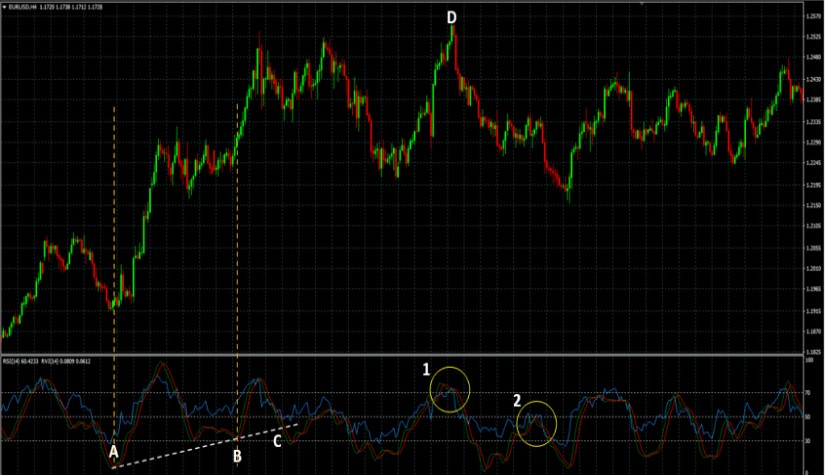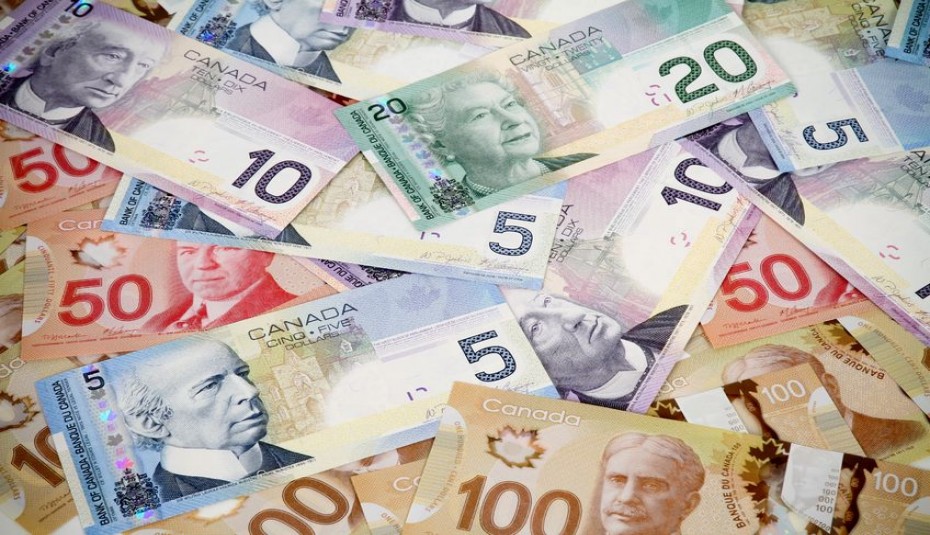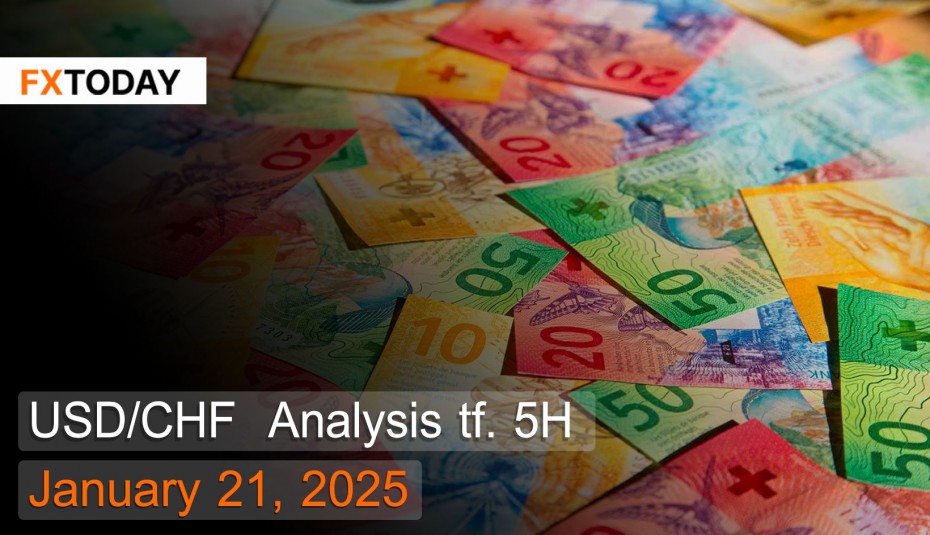In the realm of Forex trading, traders often wait for a price chart breakout to start their order execution. However, a breakout lacking sufficient volume can lead to a false signal. This occurs when the price briefly surpasses a support or resistance level, swiftly reversing and deviating from the anticipated trend, thereby resulting in missed profitable stop-loss executions. Such scenarios are known as 'False Breakouts.'
This article aims to elucidate the concept of False Breakouts, aiding traders in better comprehending the nature of these deceptive market irregularities.
Defining a False Breakout
A False Breakout occurs when an asset's price breaches a support or resistance level, contrasting the expected outcome of a typical breakout. Conventional breakouts provide viable trading signals as the price exits a range, whereas False Breakouts mislead traders by moving counter to expectations, entrapping traders into false entry positions, and potentially leading to losses.
Categorizing False Breakouts
False Breakouts can be classified into two main categories:

1. Bull Trap: A Bull Trap, alternatively known as an upside trap, occurs when there is a False Breakout during an upward trend. The price escalates above a resistance level, creating a breakout, but promptly reverses, descending back to its previous position.
2. Bear Trap: A Bear Trap, also referred to as a downside trap, takes place in a downward trend. This involves a False Breakout beneath a support level, where the price initially descends past the level and rises, producing a breakout illusion, but ultimately reverses, descending back within the preceding range.
Strategies to Minimize the Risk of False Breakouts
1. Volume Analysis
Volume analysis assists in verifying the legitimacy of market trends, helping to identify the difference between genuine breakouts and false signals. Traders need to keep monitoring volume patterns. A significant surge in volume during a breakout typically signifies a more reliable breakout, alerting traders to this risky signal that can lead to misinterpretation.
2. Stop Loss Point Determination
Determining stop loss points is imperative for outlining acceptable risk levels. In case of a false breakout, a well-placed stop loss can effectively control potential losses.
3. Pullback Observation
Pullback observation involves assessing if the price reverts to the initial level following the breakout. Should the price retract and bounce off the previous support or resistance level before resuming the breakout, it implies a legitimate breakout.
Conclusion
A False Breakout represents a deceptive signal wherein the price deviates from expected behavior, subsequently reverting to its original trend. False Breakouts can lead traders to endure losses that exceed profits. Hence, traders should leverage appropriate tools to help mitigate risk and augment trend analysis accuracy within the market.
______________________________
Maximize your knowledge: Blog
Keep up to date on global events: News
Updated
1 year ago
(Jun 28, 2023 12:59)















